HOW refreshing that – as most cars get bigger with each generational change – there are a wave of smaller and lighter compact SUV contenders stepping in.
The latest example is the Mitsubishi ASX, an Outlander-based four-door wagon with dimensions that make it seem barely larger than a Lancer small car’s.
Here we take a look at the top-line Aspire AWD to see how it feels and behaves from behind the wheel.
Our opinion
 We like
We like
Chunky styling, smooth performance, CVT efficiency, comfy seats, mature dash presentation, Aspire equipment levels, easy to drive
 Room for imp FYI, ASX stands for ‘Active Smart Crossover’, which makes it sound like a sports bra.rovement
Room for imp FYI, ASX stands for ‘Active Smart Crossover’, which makes it sound like a sports bra.rovement
Firm ride, oppressively black cabin, dreary back seat, no rear air vents
Based on the Outlander – itself a derivation of the evergreen Lancer small car – the ASX is the first of the copycat breed of Nissan Dualis/Qashqai-influenced, city-focussed faux-by-fours intended primarily to snare SUV-curious buyers out from their VW Golfs and Ford Foci. The Hyundai ix35 is another such beast.
Now, unless you live in an especially built-up area such as Richmond or Redfern, the Mitsu’s diminutive dimensions disadvantage it somewhat, especially when the equivalent and far more practical Outlander costs only about $3000 more.
On the other hand, you might want the ASX over its bigger bro is because it looks better and offers a small car footprint with SUV-style seating.
If the thought of a Lancer hatch on stilts is compelling, read on, because the ASX – with its easy entry and lofty driving position – might just be the car you never knew you always wanted.
Better still, in the three years since the CJ Lancer (and Outlander) landed in Oz, the Japanese seem to have ironed out some of their wrinkles.
Most profoundly, the ASX boasts arguably Mitsubishi’s best cabin presentation.
High marks are earned for its sorted driving position, switch placement and operation, build quality, and overall aesthetics.
At last, cold hard plastic dash surfaces are not as prominent as before, replaced by swathes of rubberised trim that really lifts the ambience.
Bringing that down a peg or two, though, is the rather oppressive all-black trim, darkening an already hard-to-see-out-of car with its shallow side windows and high tailgate glass. Parking would be a chore were it not for our model’s rear parking camera, audible radar and exterior mirrors that protrude like a defeated Liberal party leader’s.
There is also a fair amount of road noise transmitted into the ASX’s interior, but this is dependent on road surface.
But – overall – Mitsubishi did get the interior right.
Peering into the instrumentation binnacle, the leaf-shaped housings for the dials look cool, bracketing a clear and colourful digital display for temperature, fuel, trip meter and some other rather less important info. Figuring out how to access all will take time though.
Then there is the centre stack – appealingly symmetrical in design, and utterly functional, with excellent ventilation and super-effective air-conditioning. Sassy and professionally executed, the ASX’s fascia is a quality piece of kit.
In up-spec Aspire 2.0-litre CVT AWD as tested (a hefty $36,990 plus on-roads compared to just $25,990 for the base front-drive manual), the ASX loses its attractive integrated audio header unit for an all-in-one nine-speaker sat-nav/CD/MP3/radio/multi-media/Bluetooth touch screen device that also displays the climate control settings.
Labelled Rockford Fosgate, it integrates beautifully with your iPod or iPhone, for example, pumps out powerful sounds but feels a tad aftermarket to look at and is quite fiddly to use. Compared with the latest systems in a Volkswagen or Mazda, there is a whiff of outdated in design, too. But it all works competently.
Other Aspire accoutrements include 17-inch wheels, leather seat trim, power driver’s seat adjustment, heated front seats, Smart Key keyless entry and start, auto on/off headlights, a rear armrest with cup-holders, reversing camera, iPod connection cable, video input function, heavily tinted windows and steering wheel gearshift paddles for petrol-powered models.
So it is a properly equipped little SUV, this, but even the cheapest ASX will impress with broad and supportive front seats (despite their lack of lumbar control), set on runners that allow for lots of leg room. Claustrophobic the Mitsubishi is not.
Not in the first row anyway. The rear seat is rather dark and dingy, with a dearth of storage facilities other than a half-hearted single map pocket and twin cupholders set within a cheapo armrest. In these circumstances having no rear air vents is not a good idea either.
But the backrest does brandish three reclining settings (upright, bolt upright, and Rodin’s Thinker pose), while the overhead grab handles are damped.
More importantly, a trio of average sized adults ought to fit in snugly behind two more up front for sufficient short journey comfort, but potential buyers really ought to consider the ASX’s rear quarters as comparable to a small car’s – like a Mazda3 – rather than as a midsized sedan alternative.
There just isn’t that much room despite the shared wheelbase with the Outlander.
Which segues nicely to the cargo area – this is the bit that got chopped off in the ASX’s transition from Outlander. It is not disastrously tight by any means (416 litres to 1193L), and it seems usefully larger than a Dualis’, but – again – think of this more hatch than wagon-like and you won’t be disappointed.
In its favour the rear seats split-fold (with a handy ski port also available) to extend the rather highish boot floor (a space saver spare lives underneath – $200 more buys you a full-sizer) all the way to the back of the front seats. Mitsubishi fits child seat anchorage points directly behind the backrest as to not impinge on luggage space, and the aperture itself is usefully large.
Moving from inside the boot to under the bonnet, Mitsubishi fits the Lancer’s 2.0-litre four-cylinder MIVEC petrol engine, employing variable valve timing to help deliver 110kW of power at 6000rpm and 197Nm of torque at 4200rpm.
Actually, even in the heavily laden Aspire, the engine punches a bit above its weight here, providing an even stream of performance through a wide arc of revs.
Undoubtedly the six-speed (or rather six stepped) CVT continuously variable transmission fitted to our car helps here, since it operates within the engine’s torque band, but you feel there are adequate reserves of power.
But noise is a problem. If you’re after immediate acceleration, the CVT flares up like an old slipping clutch as the engine revs up to its peak efficiency point, while – at first – the amount of forward thrust is not proportionate with the commotion coming from the engine bay.
After a few seconds the gearbox and motor fall into sync, but that initial inertia experienced when all you want to do is zip forward can be a little frustrating. Once on the boil, however, the ASX gathers momentum quickly and progressively.
After a while the driver just learns to drive around the CVT’s peculiarities, and may even choose to enjoy the smoothness and fuel economy benefits that it brings compared to a regular torque-converter automatic transmission.
We got nowhere near the 7.9L/100km that Mitsubishi claims, but the 11-plus figures we registered were within the inner-city area (11L/100km) suggests that the ASX is almost as economical as a regular automatic small car these days.
Dynamically, however, the SUV genes are more dominant.
Find a series of corners and the ASX will go exactly where it is pointed – the upshot of the reactive if quite feel-free electric power steering – although the Mitsu feels a tad top heavy, leaning into turns and running increasingly wide through them if you up the speed ante.
However, there is ample tyre grip, while the high levels of body control combined with powerful brakes allow the keener driver to keep pressing on through the understeer.
While the Dualis is rather like a taller small car to drive, this definitely handles more like a shrunken compact SUV.
Disappointingly, the ride is fine only on smooth roads, deteriorating into choppiness once the surface starts getting a little uneven. The Aspire runs on 17x6.5-inch alloys shod with 215/60 tyres, and they seem to lack the pliancy and finesse of the ASX’s smaller-wheeled siblings.
Speaking of road conditions, having 195mm of ground clearance (15mm shy of the Outlander) means that some soft-road abilities are on offer. This is not meant for the bush.
In the AWD version tested here, big brother lends its 4x4 system comprising of 2WD, 4WD and (50/50) 4WD Lock modes with an electric rear coupling that employs steering angle and wheel speed sensor data to distribute engine torque from the front to rear axles. It all works from a rotary dial in the lower console area, and can be activated on the move. A nifty instrument cluster pictogram shows you which way the drive is directed.
So the ASX is flexible rather than electrifying to drive.
Our advice is to bring it all down a notch or two and just relax into the Mitsubishi’s smooth and easy groove. Forget about going fast or carving up the Nürburgring – that’s what Lancer Evos are for.
After a week living with the ASX its place in the world became clearer as a versatile high-riding alternative to a regular hatch. It has a can-do character that does get under your skin.
We suspect that the basic 2WD or AWD diesel manual models are the pick of the pack, particularly those fitted with the ride quality-saving smaller-diameter wheels.
We would probably choose one of these over the Dualis if rear-seat and cargo space are important, while we prefer the way it drives to the striking but patchy ix35.
And we would definitely want Mitsubishi to give it a far more suitable name than ‘ASX’.
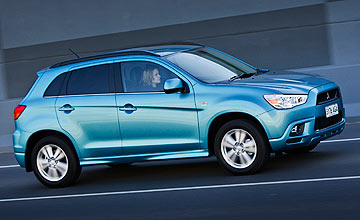
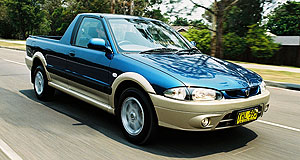
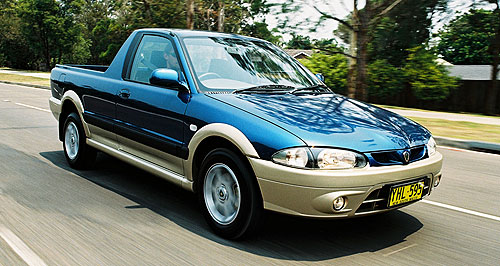
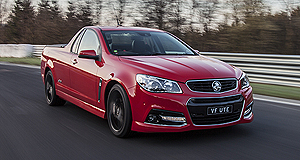
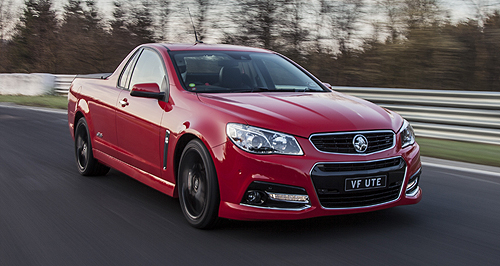
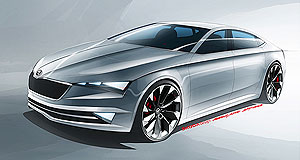
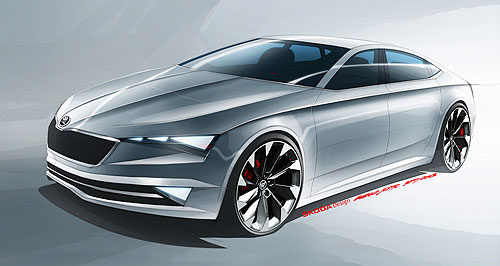
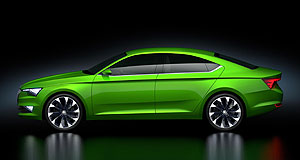

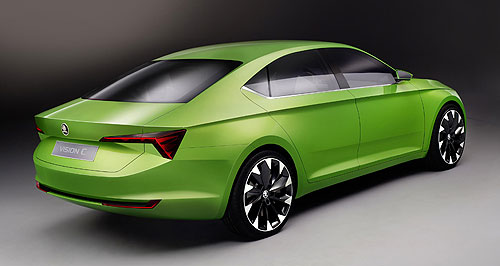
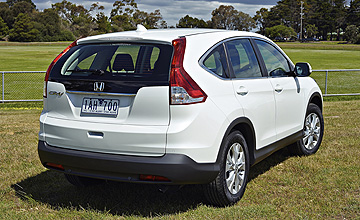


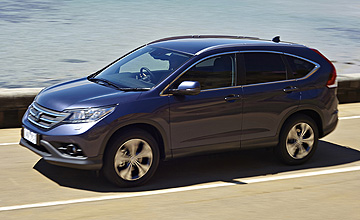
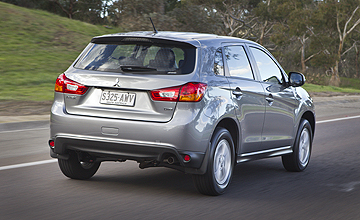
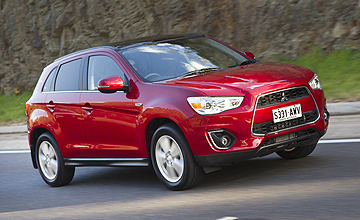
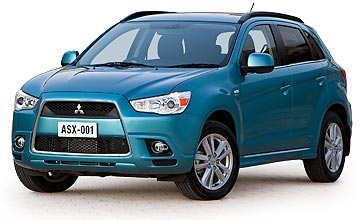

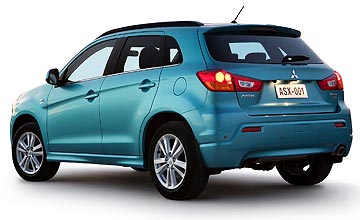

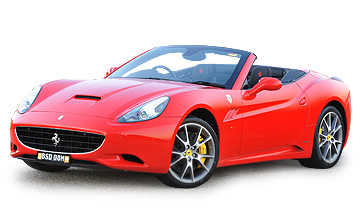


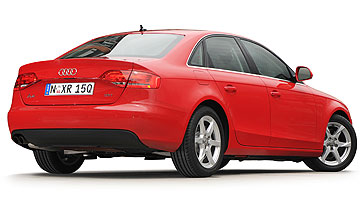
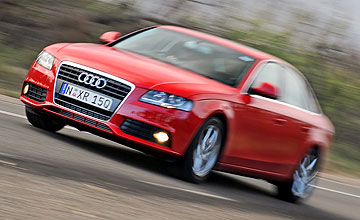
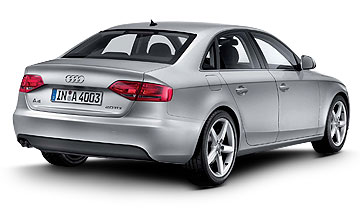
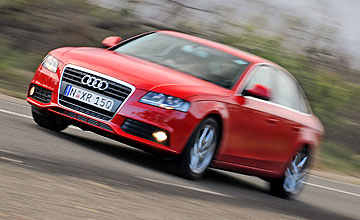
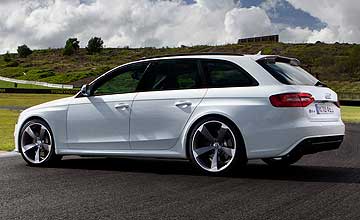
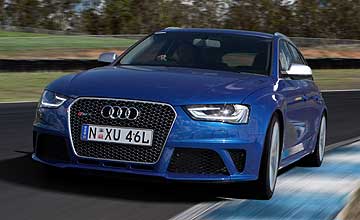
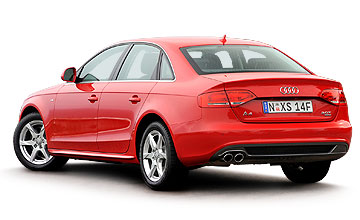
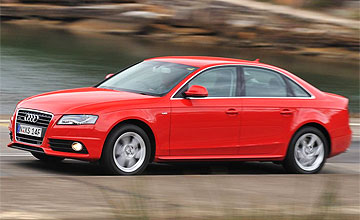
.jpg?p=130919_01:38)
.jpg?p=130705_06:17)